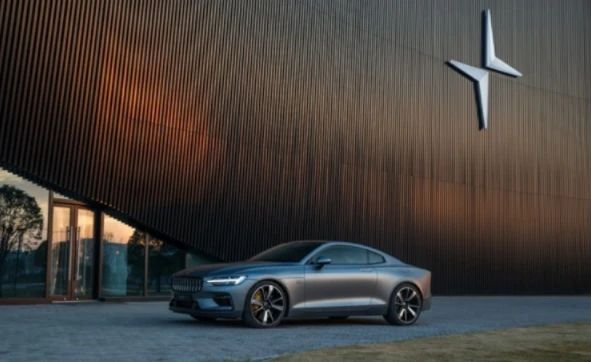Can Polestar Still Enter the Public Eye?
Many people might intuitively think that these two diagonally swirling badges are a slimmed-down version of the one from Xpeng Motors for the badge below.
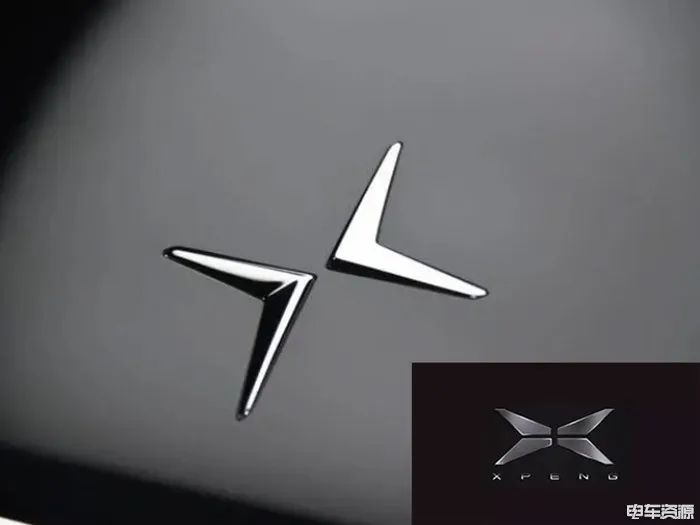
Indeed, for ordinary consumers who are not Volvo fans, perhaps they really do not know what Polestar is. Polestar is in fact a global high-performance electric vehicle brand jointly owned by the Volvo Car Group and Zhejiang Geely Holding Group. In other words, it is a “wealthy gentleman” born with a golden key. Due to the endorsement of these two great families, Polestar has always set itself apart from the new forces in the automotive industry.
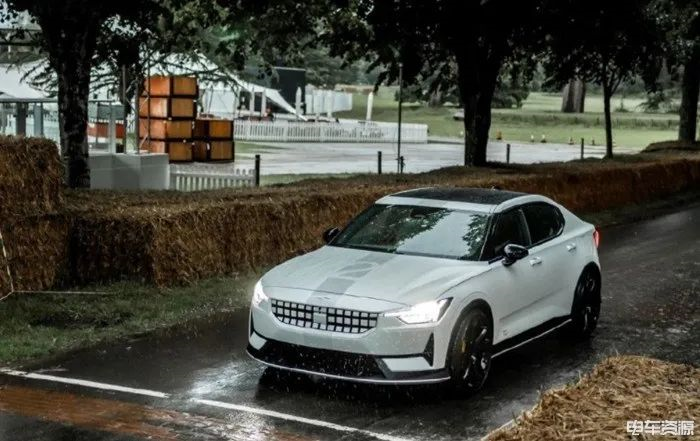
As a former symbol of high performance at Volvo, Polestar originated from the touring car championship in Sweden. If friends have a little knowledge of touring car races, they will understand that Polestar’s position in touring car races cannot be underestimated, which also means that Polestar’s mechanical level in the field of electric vehicles is more solid than many other automakers.
Therefore, when it became independent in 2017, Polestar chose a luxury grand tourer as its symbolic emblem, and launched its first model, the Polestar 1, with a limited annual production of 500 units and a price of 1.45 million yuan. In addition, in April 2019, it launched its second-generation pure electric vehicle, Polestar 2, comparable to the Model 3, with a price of 2.52-3.38 million yuan.

Moreover, Polestar has also received strong support from Geely Automobile, and has established production bases in Chengdu and Taizhou. According to Geely’s plan, Polestar’s headquarters is located in Gothenburg, Sweden, its R&D takes place in Sweden and the UK, its production and manufacturing is in China, and its products will be a high-end brand facing the global market.
However, Polestar, under Volvo and Geely’s favour, has always faced some “trouble”, akin to a weakling.
Violation of Trademark
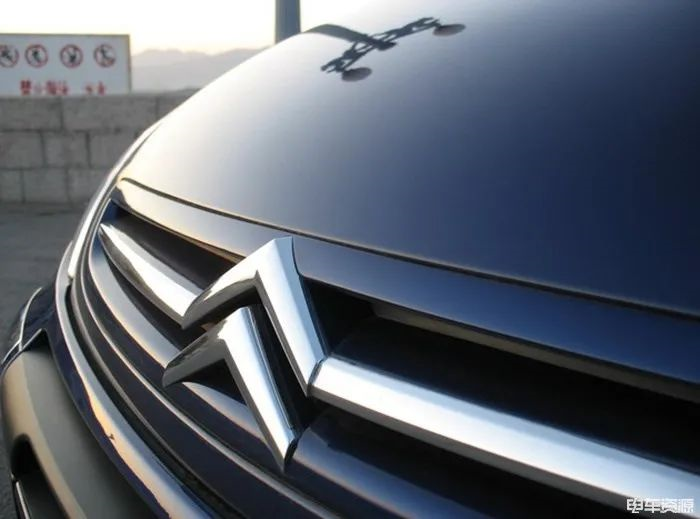
In 2019, Citroen considered that Polestar’s use of a similar zigzag graphic design for its brand infringed upon Citroen’s trademark rights in France, and thus brought Polestar to court.After more than a year of judgment, the Paris court ruled that the two trademarks are weakly similar and have different layouts, which can effectively distinguish and avoid confusion for the public. However, Citroen’s argument of trademark infringement is correct. As Citroen is a globally renowned “double-chevron-shaped brand,” DS can indirectly benefit from Citroen’s “double-chevron-shaped brand.”
Therefore, the court ordered that DS pay Citroen €150,000 (approximately RMB 1.17 million) in damages and prohibited DS from using the trademark in France for six months.
To be honest, it is really difficult to understand whether there was infringement between these two trademarks and even feels like “finding fault” for DS. However, compared with the DS brand, the similarity between DS and Citroen has indeed increased.
Although being “bullied” by old peers in the market, DS is also to blame for itself.
Vehicle Recall
According to relevant reports, many overseas car owners have reported that the DS 2 system often shows a software system failure, and some people believe that this is a 12V power supply or high-voltage box transformer failure. On October 2nd last year, DS 2 was forced to recall 2,200 vehicles delivered in Europe for the first time.
In October, on October 30th last year, DS 2 broke down again, but this time it was in China. DS explained that there were problems with the inverter, and a batch also needed to replace the high-voltage coolant.
The third time came faster. On November 13th, DS 2 broke down again. This time, the announcement was written in more detail: the tin-plated terminals connected to the bolt of the front and rear axle inverter’s large-capacity capacitor would cause a short circuit between the positive and negative electrodes of the high-voltage direct current, which would cause the front and rear axle inverters to lose high-voltage power supply. When the problem occurs, the parked vehicles will not be able to start, and the moving vehicles will lose power.
Looking at the three recalls, almost all the problems are related to the most basic function of a car-whether it can run normally. Although “recall” is a normal thing in the automotive industry, for a model that has just been launched and has not been mass-produced on a large scale, and where the problems are with the core components, DS is indeed difficult to be loved by the public. This current status can also be seen from the sales.## Poor Sales Performance
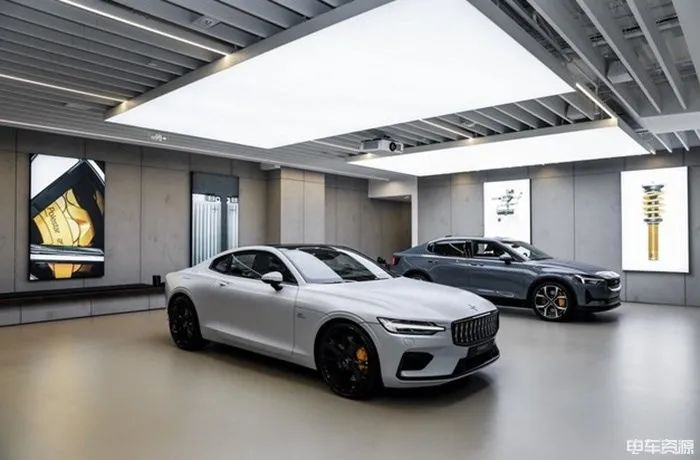
Public information shows that Polestar currently sells cars in 10 markets, including Europe, North America and China. Although Polestar’s first model, the Polestar 1, has a high price of 1.45 million and is mainly intended to enhance the brand’s image, it is not expected to contribute to its sales. However, its second volume model, the Polestar 2, has not achieved the expected results. According to data from China Automotive Technology and Research Center, Polestar’s annual sales volume in China in 2020 was only 365 vehicles.
In the past six months, Polestar has been striving to improve performance and endurance by adding a long-range dual electric motor version and lowering the starting price to 252,800 yuan, which is truly on the same starting line with Tesla Model 3. However, sales have still not improved, with a cumulative sales volume of only 150 vehicles from January to June, a small fraction of Model 3’s monthly sales volume.
Moreover, there have been reports that “Polestar’s first model Polestar 1 may be discontinued after 2021”. In addition, it is reported that many Polestar stores have closed down.
Currently, Polestar’s situation seems grim.
Is There Still a Chance for Polestar?
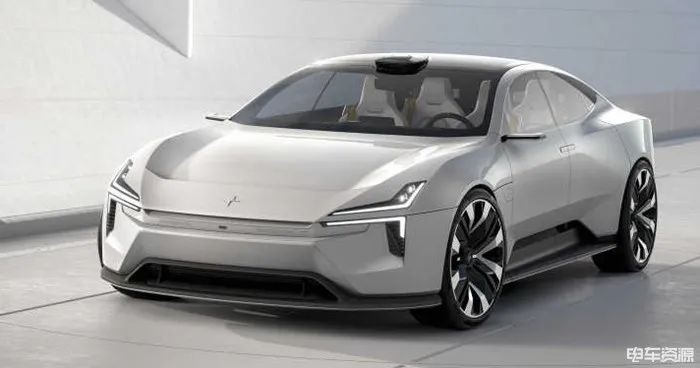
In the first half of last year, Polestar released the Precept, a concept car based on a completely new platform, with a very avant-garde and outstanding design, and an advanced laser radar even today. From every aspect, it is not inferior to the present-day models such as the Xpeng P7 and Nio ET7.
Shortly after its release, Polestar announced that the production version of the Precept is about to go into production. However, more than a year has passed, and there has been no news about the production of this model. Just a week ago, Polestar suddenly released a new SUV called Polestar 3, which will be produced in China and the United States.

As for the size, endurance, and performance, Polestar has not released any specific information, only a silhouette that is covered up. Judging from the overall proportion, its size should be much larger than that of the Polestar 2, and the outline of the front and rear wheel arches seems to reveal the shadow of the Precept concept car.For fans who have been following Precept, the appearance of Polestar 3 is not necessarily a good thing, as it means that Polestar has not been focusing on the production version of Precept for a long time, and the production of this car has become extremely uncertain. The repeated changes in the production plan also expose issues in Polestar’s product development, production, and project planning.

In April of this year, some media reported that Polestar would seek to go public, and its earlier financing information can be traced back to last year. Foreign media reported that Geely’s subsidiary Polestar is trying to go public in the United States through SPAC. It is reported that Geely’s move is to raise Polestar’s valuation from an estimated US$7 billion to US$40 billion as part of the plan.
However, news about Polestar’s listing is still pending, just like the “procrastination” of a new car.
Conclusion

In fact, since Polestar wants to become an independent high-end pure electric brand, it cannot be attached to its parent brand like AMG, M, and RS teams. Instead, it should be completely independent in terms of design, branding, and image. However, since its establishment in 2017, Polestar has not “weaned” in a timely manner. Whether it is Polestar 1 or 2, many design elements and details still show the shadow of Volvo, which is one of the reasons why people’s impression of this brand remains the original “electrification of Volvo”.
With the arrival of its sibling Ji Ke and the pressure from Tesla Model 3’s pricing, as well as the increasing level of competition in the same market, if Polestar’s next new car cannot create a “new wave,” it may really disappear without a trace.
This article is a translation by ChatGPT of a Chinese report from 42HOW. If you have any questions about it, please email bd@42how.com.
